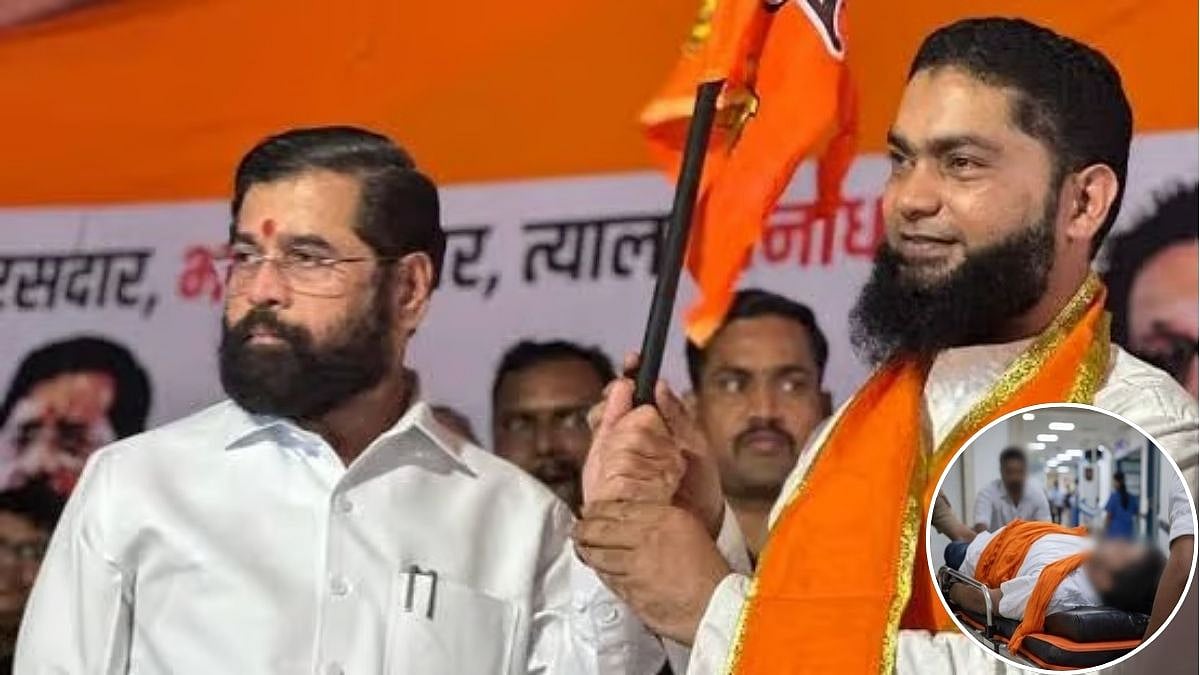In the last week, we have seen angry people offended by the insult to their version of Hindu culture protesting against corporates. Their ire was the use of Urdu and depiction of women sans bindis. The object of ire was Fabindia – that had the gumption to do both. There were programmes held on bindis and the threat to Hindu culture. There were debates around cultural appropriation. And before we knew it, we were drowning in opinions around whether or not women should wear the bindi. Among senior marketeers, there is a sense of confusion. The fact that you don’t know what the outragers will be triggered by next. Anything seems to set them off – as they try to recast India as a culturally homogenous entity, defined by their narrow version of ‘culture’.
We seem to live in a republic fuelled by outrage, with random groups of people organising to protest against things that offend them. Social media drives the first round of outrage, with the mainstream media fanning the flames of outrage and inciting those who had not outraged to begin with. And, just as the outrage reaches the peak and starts receding, a new topic of outrage emerges. And the cycle continues.
Diversionary tactic
The outrage industry is well-organised. And those who drive it are repaid with fame, glory, and name in their circles. In many cases, the organisations capitulate and withdraw ads or content, to appease those baying for blood online. Purely because, the online lynch mob tends to fuel the offline lynch mob. Last year, for example, Tanishq – a Tata company – withdrew the ad, not because just because of the outrage online but because its shops and employees were threatened.
The outrage diverts attention from important issues. Pliant and pliable media uses these issues to not debate about burning issues – like the Lakhimpur Kheri massacre, or the state of the economy. And, all in all there is an air cover of outrage, that protects political incumbents who seem incapable of handling situations in the real world.
Do people have the right to be outraged. Of course, they do. Do they have the right to express their ire – absolutely they do. But if this results in threats of violence, or indeed violence – should these online mobs be held responsible for fuelling violence in the real world? The jury has not even begun debating this one, let alone have a consensus.
The writer works at the intersection of digital content, technology and audiences. She is a writer, columnist, visiting faculty and filmmaker









